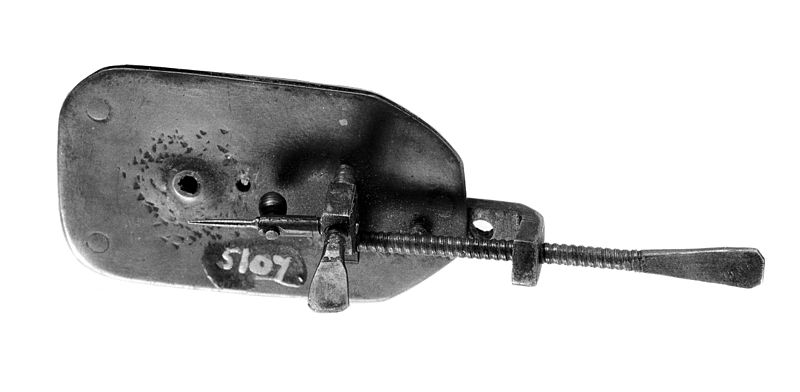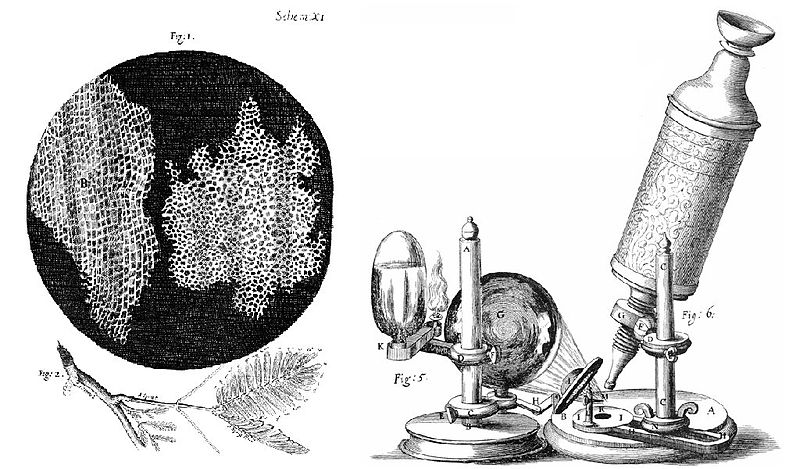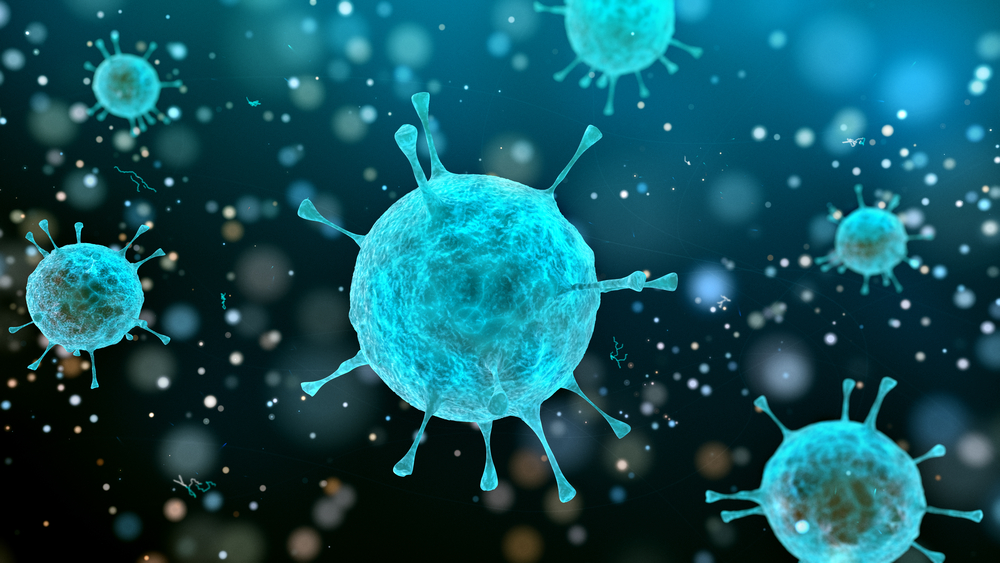Table of Contents (click to expand)
The cell theory is the most fundamental principle in biology. It states that all living organisms are composed of similar primary units called cells. The concept was first formally articulated in 1839 by Schleiden & Schwann. Its roots date back to 17th century, when a scientist named Robert Hooke first discovered the cell.
Have you ever looked at a cell under a microscope and wondered how such a small and simple object could possible be the basis of all life on this planet—and perhaps many more? If you have, you must have also wondered how these tiny packets of life were discovered and early scientists, with their simple and primitive tools, were able to tell us so much about the structure and function of these units.
To begin with, this advancement in knowledge was not the work of a singular researcher, but rather hundreds of scholars who contributed to something that we now call the “Cell Theory”. Basically, this explained to the world what we, as living organisms, are made of. This theory was followed by many more revelations about the complexity of life on Earth that changed the entire scenario of bio-science and every other scientific industry. Given its clear importance, let’s try to understand what our predecessors had to say and why.
What Is Cell Theory?
Cell theory is the most fundamental principle in biology, one stating that all living organisms are composed of similar primary units called cells. It is a universally accepted theory about the organization and structure of all organisms. Modern research and molecular biology, with their advanced tools and technology, have added many tenets to the cell theory, but it remains the dominant theory of biology.
The Cell Theory is to Biology as the Atomic Theory is to Physics. The concept was first formally articulated in 1839 by Schleiden & Schwann and has since remained the firm foundation of modern biology. Though it was first officially introduced as a theory in 1839, its roots date back to the 17th century, when a scientist named Robert Hooke first discovered the cell.
Also Read: Who Discovered The Cell And How?
How Was The First Cell Discovered?
The story behind the formulation of cell theory is perhaps as interesting as the theory itself. It all started when a Dutch spectacle-maker named Zacharias Janssen, bored by his usual day job, decided to play with some lenses and invented the world’s first optical microscope. It was an instant hit. Every other botanist and biologist wanted to play with this new toy in the market. Amongst these eager buyers was a guy named Anton van Leeuwenhoek, who looked at Janssen’s microscope and was inspired to build his own.

Now, Anton used his microscope to study practically everything around him, which included dental scrapings. In the process, he discovered bacteria, but decided to call them animalcules, as they looked like little animals to him. Anton also sent his findings to his colleague in England, a man named Robert Hooke, who had also started studying objects using a microscope. Hooke being a product of academic science, had more knowledge in the field. When he examined thin cork slices placed under a microscope, they looked like little ‘cells’ to him, just like those in monasteries where the monks lived. In this manner, the foundation of cell theory was laid. The scientists who came later, including Schleiden & Schwann, added a few more things, thus formulating the three postulates of cell theory.
1. All Living Organisms Are Composed Of Cells
The first postulate of cell theory states something that we all find pretty obvious today—all living organisms are made of cells. However, if you look back a few hundred years ago, researchers had a hard time explaining this simple concept to the general public. Early cell theory just mentioned the presence of small microscopic building blocks that were the foundation of all living organisms; these looked like small cells, but this explanation did not mention any of the cell organelles, such as nucleus or mitochondria. In fact, organelles weren’t discovered until much later.

2. The Cell Is The Most Basic Unit Of Life
This one is perhaps the most misinterpreted postulate. Organelles like the nucleus, ribosomes and many more are present inside the cell; they are smaller in size, but vital for the existence of life. If that’s the case, shouldn’t they be the basic unit of life? Well, that’s not the point that this postulate is trying to make. What it is trying to state is that the cell is the most basic and fundamental structure able to sustain to life in itself. Unicellular organisms provide the perfect practical explanation of this point. They are able to perform every action that a living organism should need to survive. If we remove even a single organelle from a cell, it won’t be able to function and would therefore die.
3. Cells Form Through Free-cell Formation
This is the one aspect that our ancestors got wrong. Schleiden and Schwann (two of the major contributors to cell theory) formulated the belief that our cells form in a manner similar to the formation of crystals—spontaneous generation under their unified cell theory. However, this tenet was refuted by Robert Remak and Rudolf Virchow. They proposed that ‘Omnis cellula e cellula’, which is the Latin for all cells arise from pre-existing cells only and in no other way.
Are There Any Exceptions To Cell Theory?
Viruses are considered to be an exception to cell theory, because though they perform the essential functions of a living entity, yet they cannot replicate or reproduce, despite having their genetic material present inside them. This violates the third postulate.

Many researchers today believe that the first cells or unicellular prokaryotic organisms did not arise from any precursor cell. They were formed from a biological force still unknown to the human race today. Though highly disputed, this theory still violates the cell theory. Mitochondria and chloroplasts, while present within the cell, have their own genetic material and can reproduce independently from the cell in which they are found.
Also Read: Is A Virus Your Oldest Cousin?
How well do you understand the article above!

